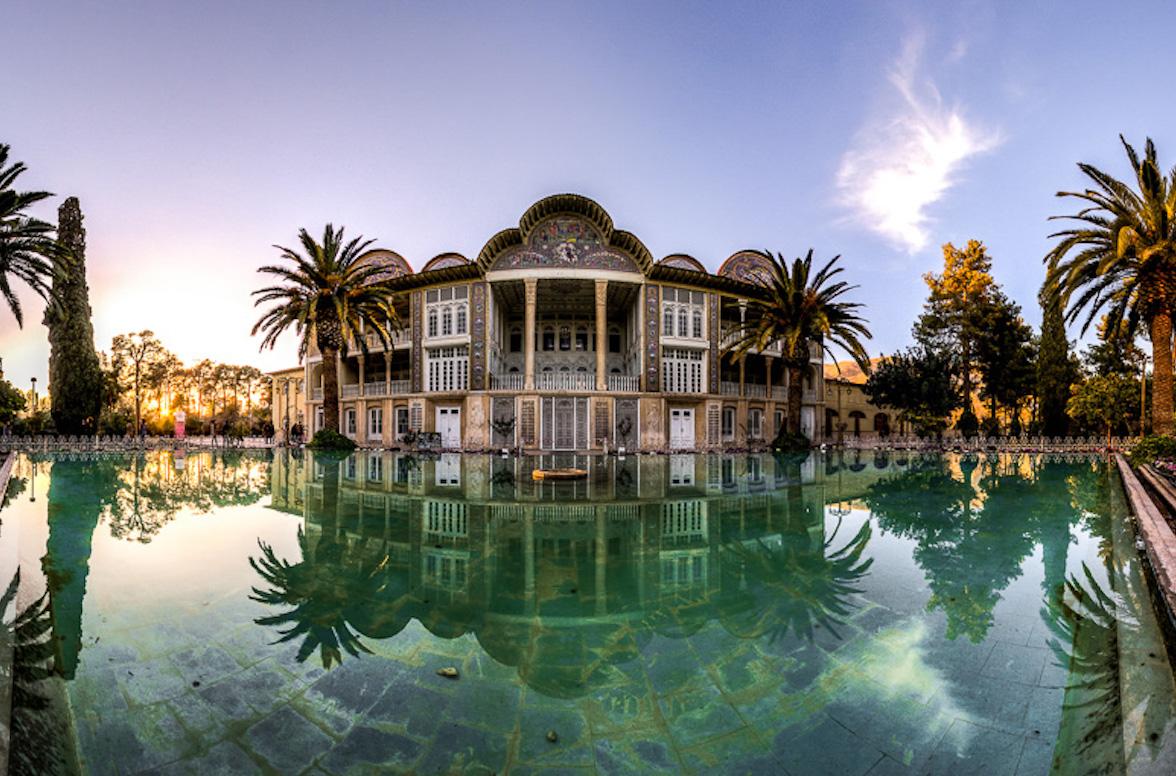
photo by Gravity
Travel
25 Photos That Will Make You Want To Travel To Iran
The pictures of this photo series are mostly taken in Isfahan, Shiraz, Yazd, Kashan, and Tehran. They are showing historical and grand mosques as well as historical Bathhouses, traditional houses and other popular monuments.
In...

photo by Gravity
The pictures of this photo series are mostly taken in Isfahan, Shiraz, Yazd, Kashan, and Tehran. They are showing historical and grand mosques as well as historical Bathhouses, traditional houses and other popular monuments.
In my idea, every historical place has its distinguished points where I try to focus and to deliver them to the person viewing my photos. My favorites are buildings with good symmetry and those that have columns, good lighting, and beautiful mosaics. I hope people can get to know these beautiful monuments through my photography and art. I look forward to expanding my photo series to more interior shots of other historical architecture all around the world as well as remaining sites in Iran. I'm also greatly interested in visiting Jewish and Christian holy sites.
Introduction and photography by Mohammad Reza Domiri Ganji
In my idea, every historical place has its distinguished points where I try to focus and to deliver them to the person viewing my photos. My favorites are buildings with good symmetry and those that have columns, good lighting, and beautiful mosaics. I hope people can get to know these beautiful monuments through my photography and art. I look forward to expanding my photo series to more interior shots of other historical architecture all around the world as well as remaining sites in Iran. I'm also greatly interested in visiting Jewish and Christian holy sites.
Introduction and photography by Mohammad Reza Domiri Ganji
The Imam mosque is one of the masterpieces of Iranian architecture and example of Islamic era architecture of Iran. Constructed in 1611, its beautiful walls consist of 7 colored mosaic tiles in intricate designs. A landmark of Iranian art, the mosque is protected today.
The palace was built in 1669 and is today protected by Iran's Cultural Heritage Organization. Over 40 mansions existed in Isfahan during the rule of Safavids but this is the sole remaining structure today.
These ancient sand dunes are a popular tourist attraction, drawing people in for camel rides and sand surfing.
The Eram Garden is a historic Persian garden in the Fars province from the mid 13th century. Undergoing many remodels and restorations, it is now open to the public for visiting.
Vakil Mosque was constructed between 1751 and 1773 during the Zand period. It was restored in the 19th century by the Qajar period and spans 8,660 square meters with two Iwans, court, and night prayer hall.
Built in the late 1800's, this house was built for an affluent merchant's wife. It features 40m tall wind towers for circulation, wall paintings by a famous artist, landscaped courtyard, and three entrances.
Golestan Palace belongs to a group of royal buildings that are now of World Heritage Status. The Building of Windcatchers has the finest stained glass of the complex and is flanked by colored wind towers.
A resort island in the Persian Gulf, Kish Island is outfitted with many luxury amenities. It is a top destination in Southwest Asia for tourism due to it's beauty and free trade zone status.
This traditional mosque in Shiraz is also known as the Pink Mosque due to the extensive use of pink tile and design. It was built in the Qajar era from 1876 to 1888 and maintained by the Endowment Foundation of Nasir ol Molk.
RELATED ARTICLES
You might be interested in…
Built in 1713 by Ali Gholi Agha in the late Safavid era. It was built with separate changing rooms for men and women and can be visited by tourists today.
A natural site of travertine terraces carved over thousands of years from flowing water from two mineral hot springs.
Workers tend to the traditional Persian rugs for cleaning and repair.
A beautiful example of Iranian architecture, the mosque was contructed in the early 1600's. Serving as a mosque of the royal court for centuries, it was overlooked by westerners until recently. Now, it's regarded for it's tile work and architecture.
Consisting of several building, the Niavaran Complex served as a summer home for the shah of the Qajar dynasty. All of the original buildings were torn down and rebuilt north of the Saheb Qaranie House.
Vakil Bath is a public bath that was contructed in the 1760's during Karim Khan Zand's reign in the royal district of Shiraz, Iran.
Emamzadeh Hassan is a small village in Jangal Rural District in Fars, Iran.
In Armenian, "Vank" means monastery. Built in 1606, the church was dedicated to the hundreds of thousands displaced Armenian people due to the Ottoman War. It is adorned with thousands of frescoes, gilded carvings, and intricate tile work.
Once the Shahyad Tower, the Azedi Tower is a monument in Tehran that welcomes all entering the city. Meaning "Liberty Tower," architect Hossein Amanat combined elements of old and new into the design of the tower.
Completed in 486, Tachara is an interior building of Persepolis. It is one of few buildings that survived the burnings of Alexander the Great and is made of glossy gray stone. It was originally intended for ceremonies.
RELATED ARTICLES
You might be interested in…
This archeological site was originally located on a volcano's crater rim and was long regarded as a religious place of temples and ancient legends. In 2003, it joined the list of World Heritage Sites.
Located in one of the oldest cities in ancient persia, Shiraz is known as a the city of poetry, wine and flowers. This is perserved in the House of Poems today.
A castle built into a mountain, the Palace of Ardashir was constructed in 224 AD. It consists of three domes to display the royal image of Ardashir I and it's architecture is unique to the Fars province.
This citadel was built during the Zand dynasty in the mid 1700's and served as Karim Khan's living quarters and fortress. It also served as a prison for some time but is now open to tourists.
Ghare Kelisa is an Armenian monastery in West Azerbaijan, Iran. After being damaged by an earthquake in 1319, it was rebuilt, leaving little known about it's origin. Legends say it was dedicated to Saint Jude in 68 AD for his dedication and martyrdom in the Armenian Church.
This small pavilion and Unesco-listed gardens was built about 1750 with detailed latticework and stained glass windows.

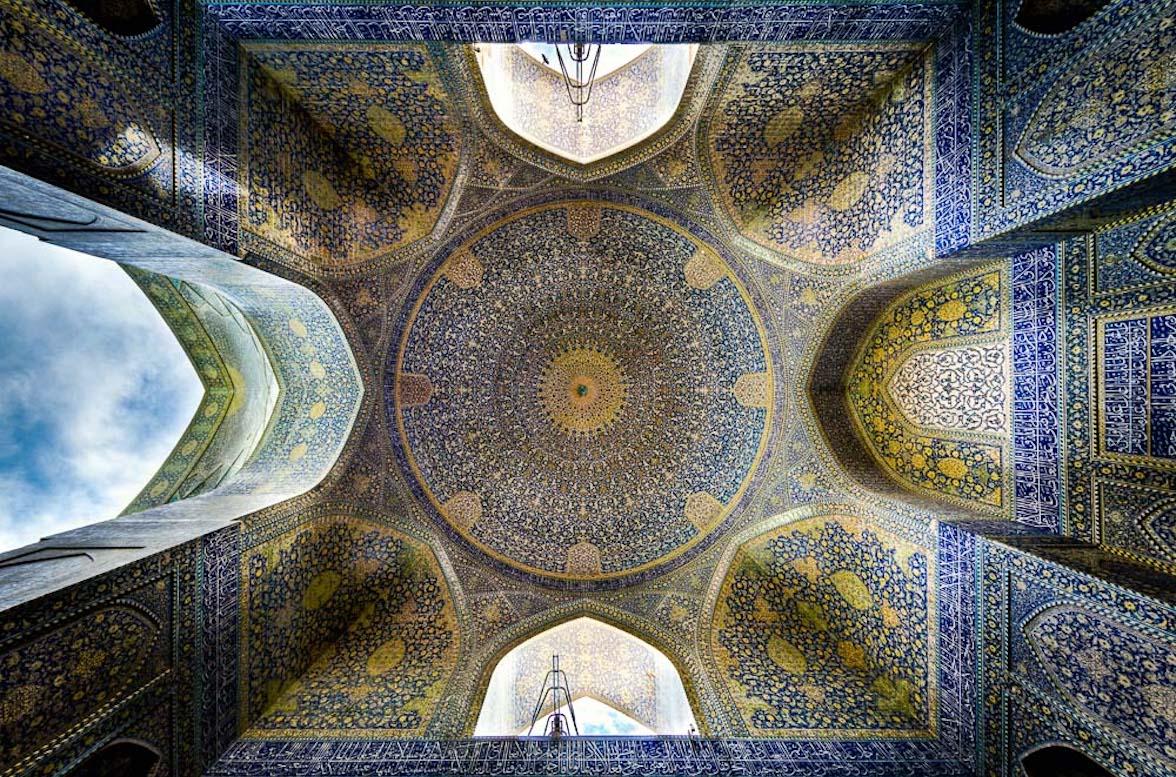

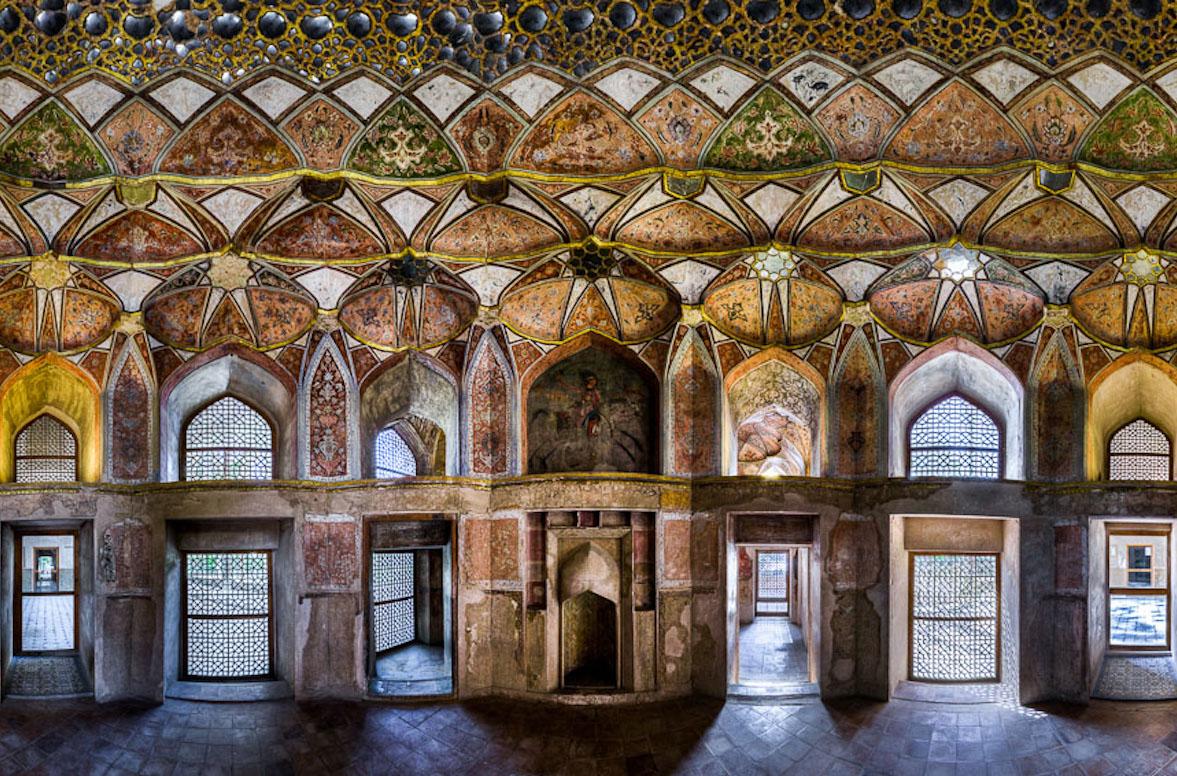
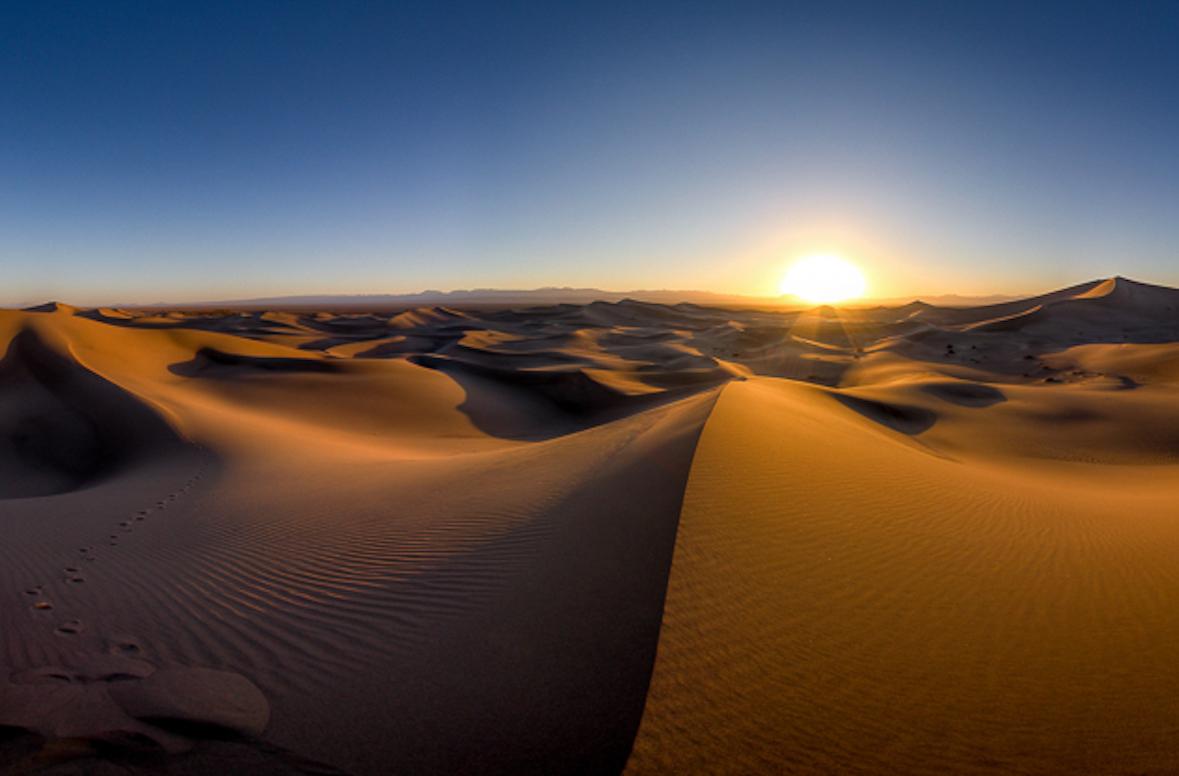

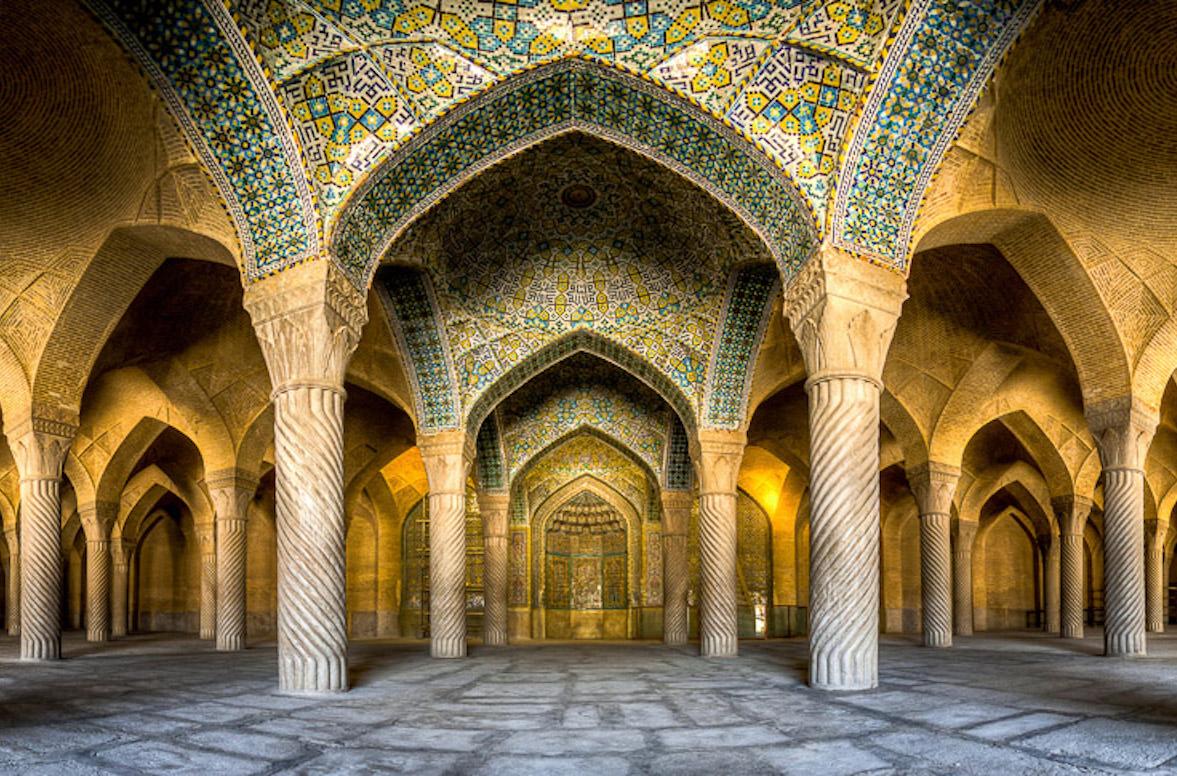

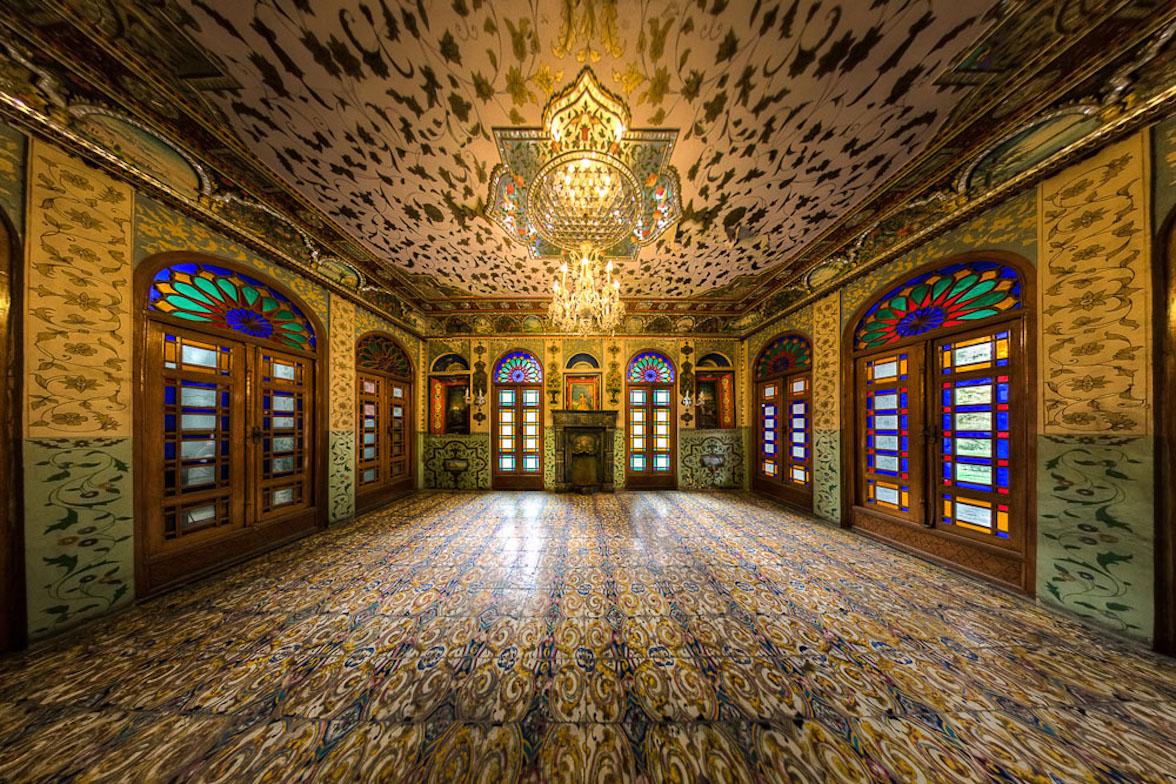




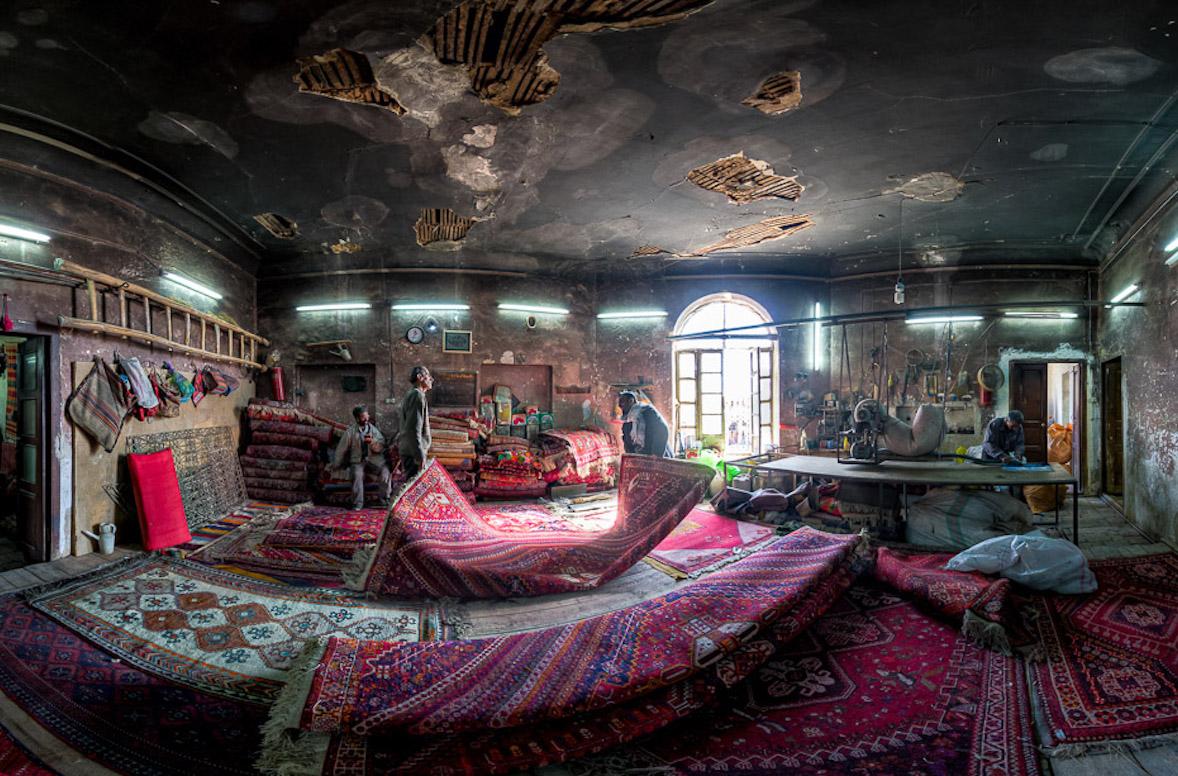
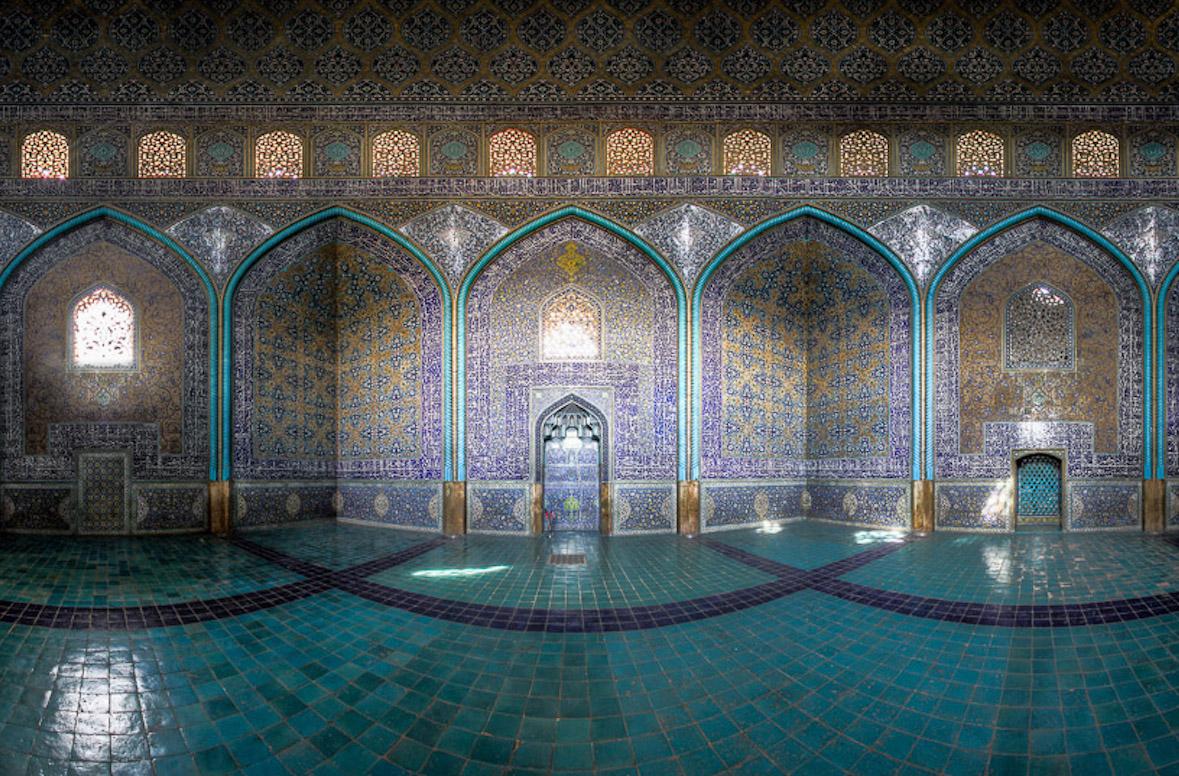
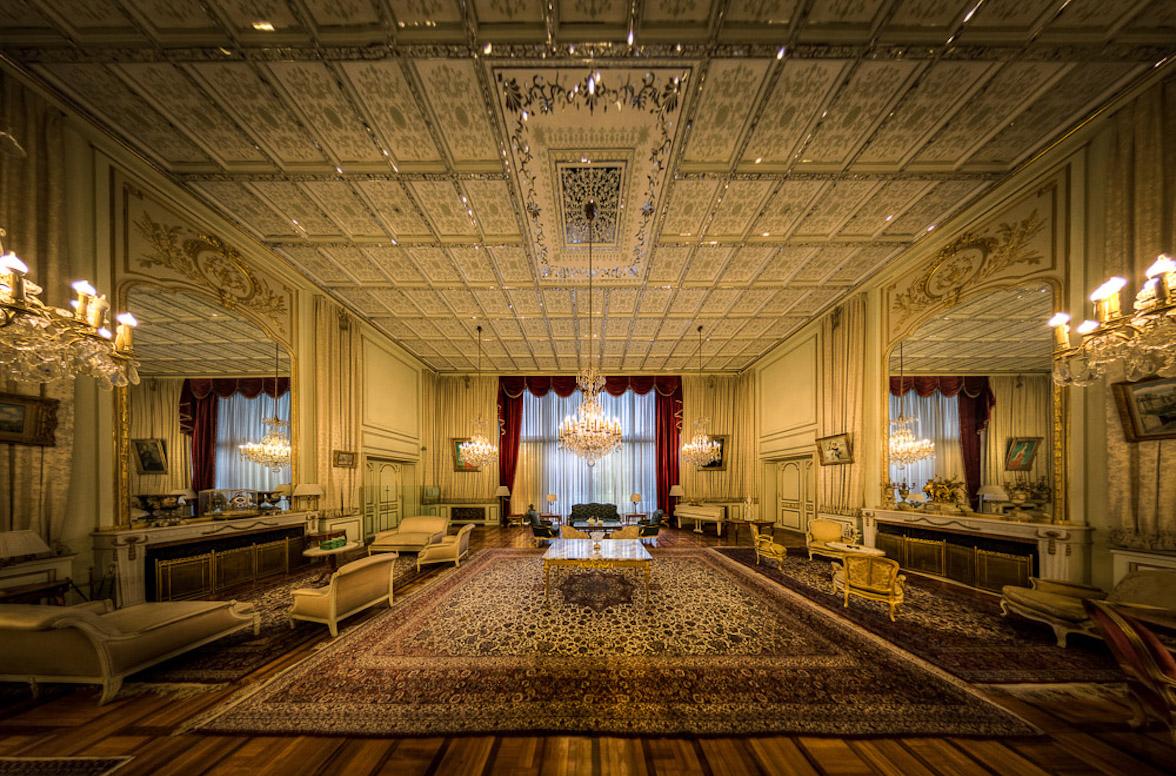
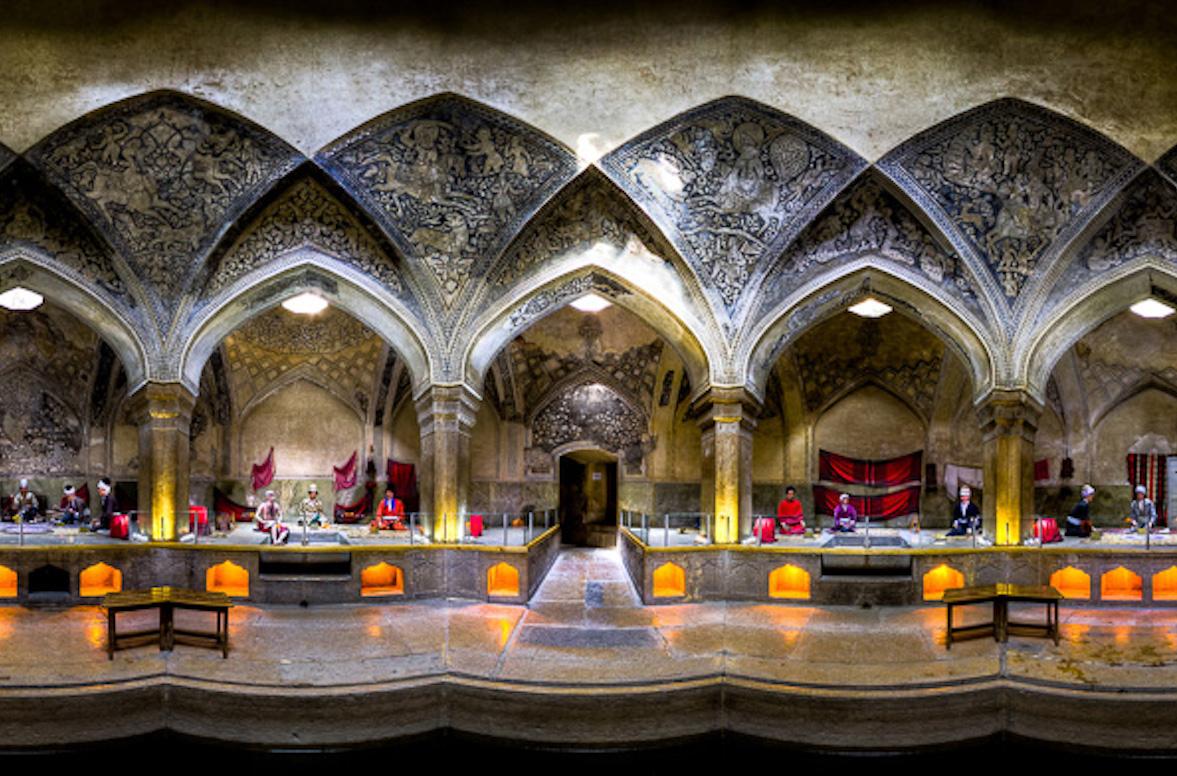

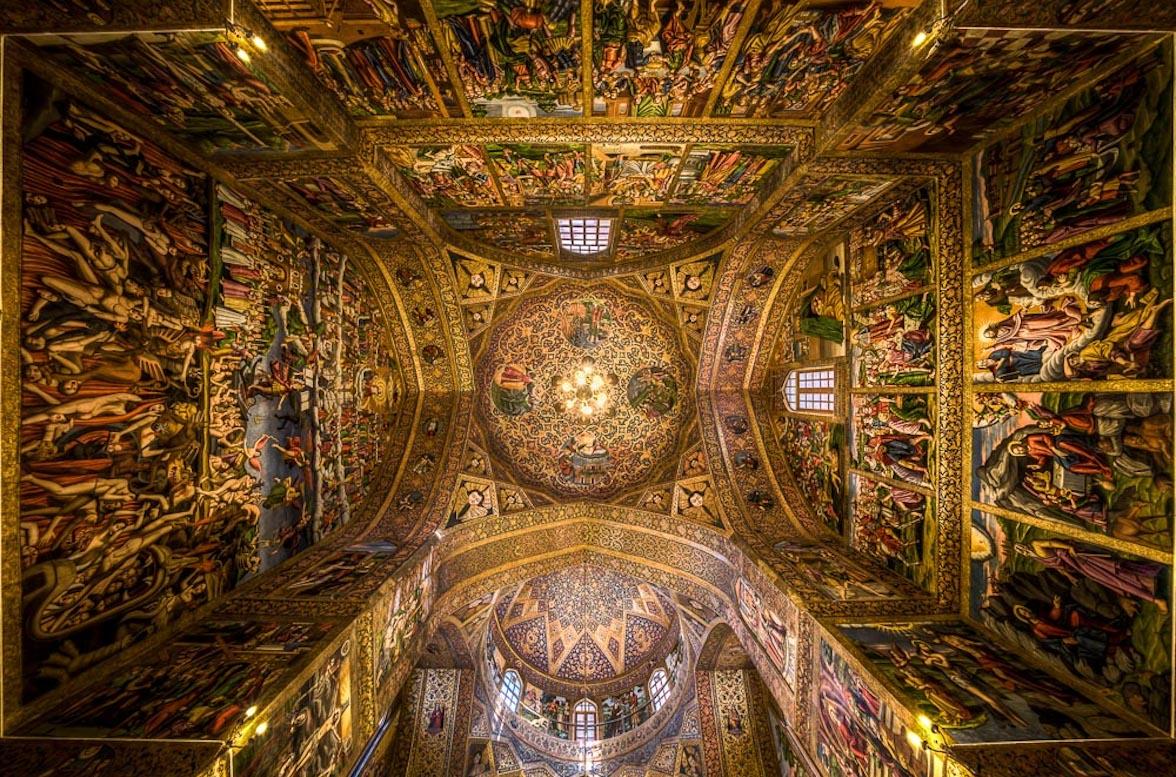



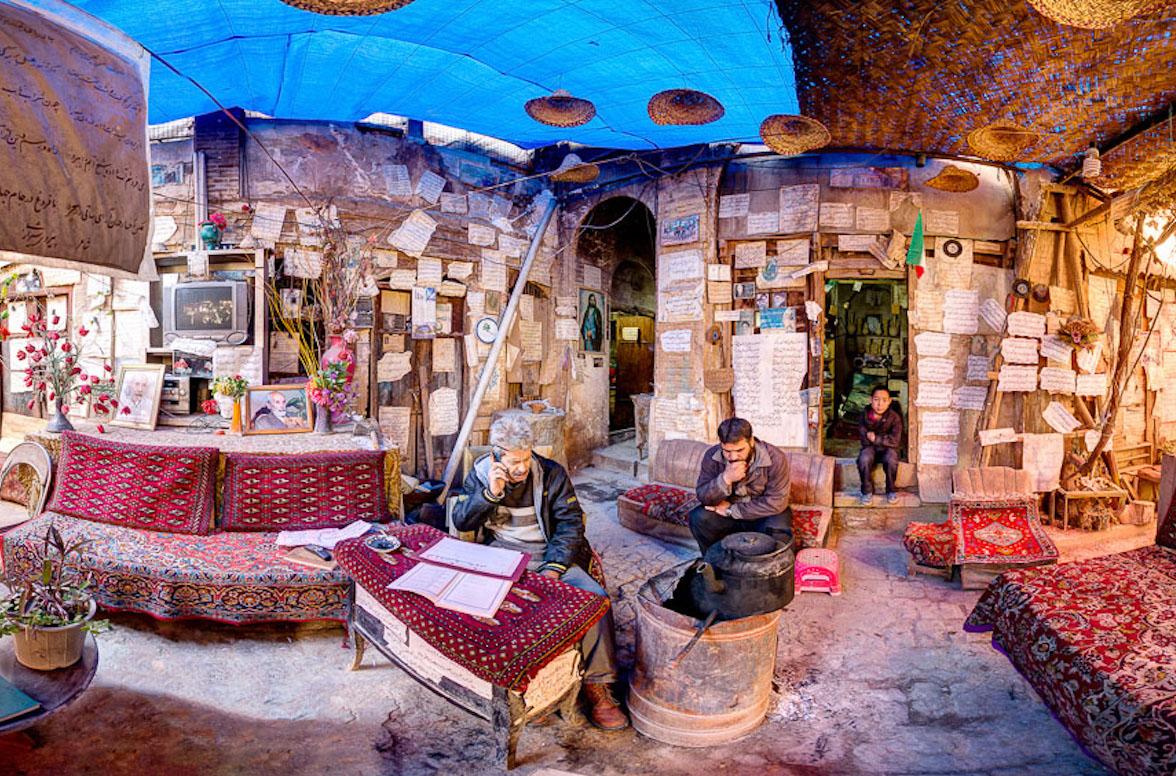

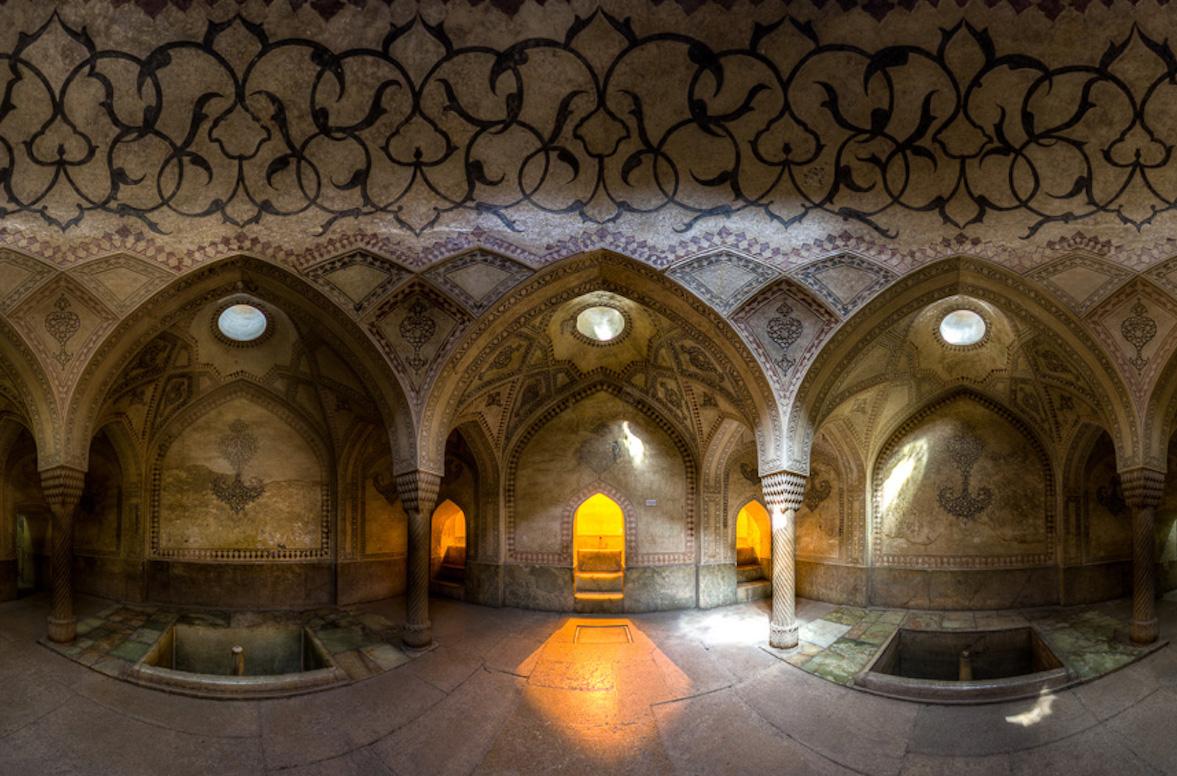
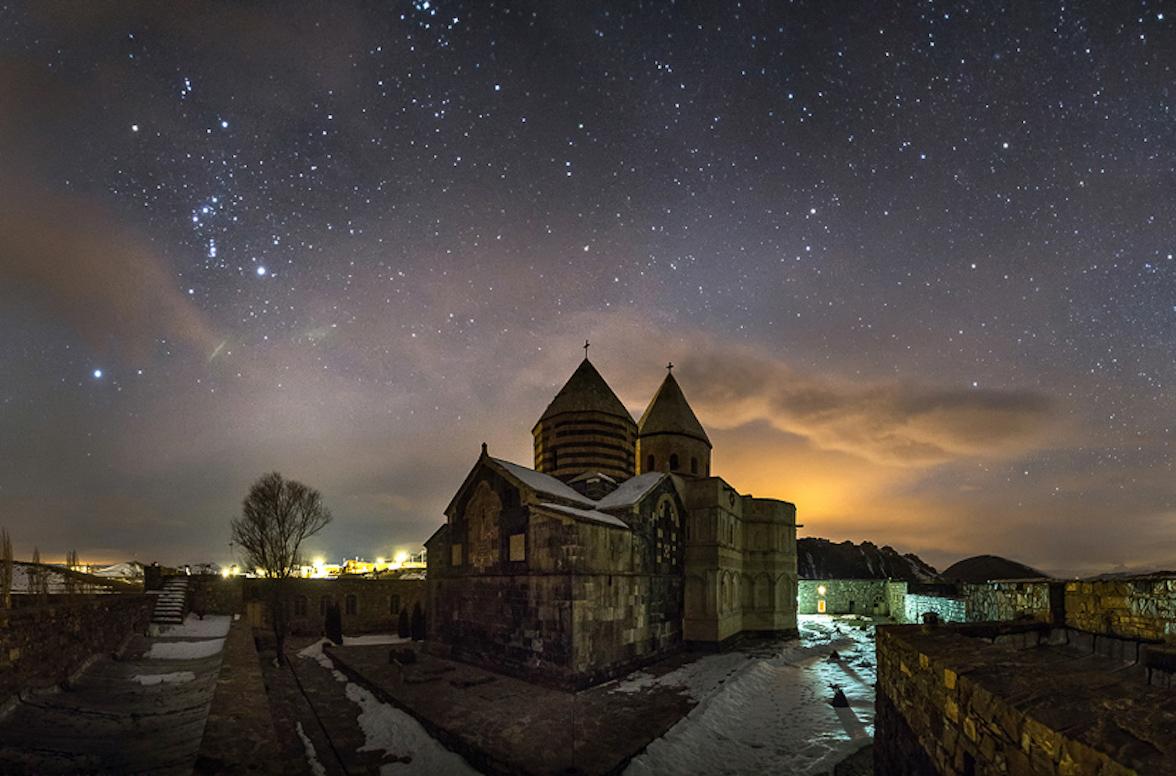
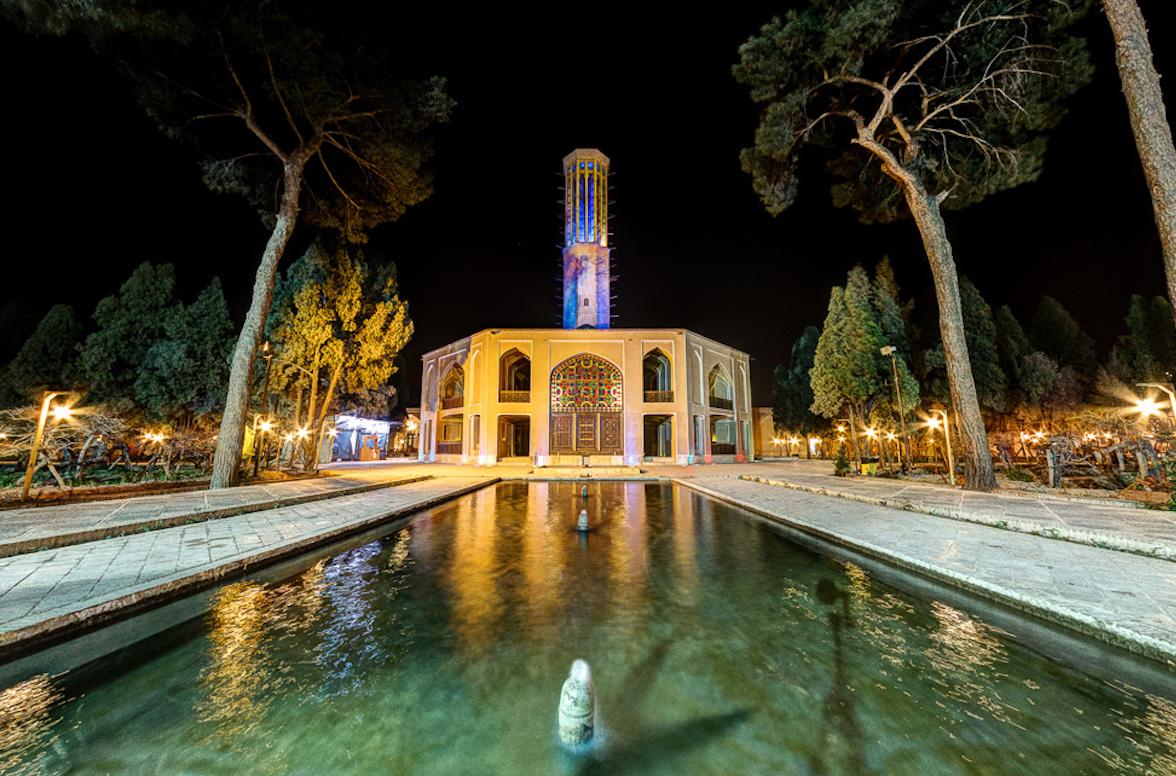

 Scroll for more
Scroll for more
